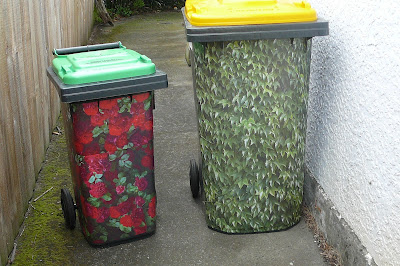Land stability in the inner city - Tonkin & Taylor report
The city council has released Tonkin & Taylor's interpretative report on the central city (land within the Four Avenues - Fitzgerald, Moorhouse, Deans & Harper, Bealey - but excluding Hagley Park). A copy of the report can be downloaded from here.
The following are from the report's executive summary:
The following are from the report's executive summary:
No areas within the CBD or adjacent commercial areas were identified as having ground conditions that would preclude rebuilding on those sites, although more robust foundation design and/or ground improvement may be required. The risks of lateral spreading adjacent to some sections of the Avon River will require detailed geotechnical assessments, however, the adoption of a minimum 30m set-back required for creation of the Avon River Park will likely preclude the worst affected areas from future development.
Christchurch is not unique in being located on soils susceptible to liquefaction within a seismically active region. There are a number of cities and large urban centres around the world (including Wellington on the North Island), where the level of seismic hazard is similar to or greater than that at Christchurch. Presuming that it is economically feasible to utilise appropriate foundation / ground improvement systems, there are few sites that would be considered unsuitable for development purely on the basis of a liquefaction hazard.
The following are a few extracts from the body of the report. While repeated here out of context, they may help understand the complexity of the geology of parts of the inner city.
It is important to appreciate that, whilst the presence of sand boils is a confirmation that liquefaction has occurred, the absence of sand boils or other ground disturbance does not mean that liquefaction has not occurred beneath the surface. The extensive coverage of land within the central city by large footprint buildings and thick pavements may have prevented significant formation of sand boils. Additionally, there are many locations within the central city where a relatively thick crust of non-liquefiable materials may have prevented surface expression of liquefaction. (pp 46-7)
The change in ground elevation since 04 September 2010 (inferred from the LiDAR data and taking account of likely regional tectonic uplift/subsidence), suggests that ground deformation has occurred in areas where little or no land damage was observed. (p 47)
The analyses indicate that a liquefaction hazard is present across virtually the whole of the CBD and adjoining commercial areas, and is not limited to those locations where liquefaction-induced land damage has been observed (i.e. suggesting that area wide deep liquefaction is likely to have occurred). This observation is considered generally consistent with the LiDAR data which suggests settlement may have occurred in some areas where no land damage has been mapped at the ground surface. (p 51)
It should be recognised that, apart from a few localised areas, the overall impact of liquefaction and lateral spreading on the central city resulting from the recent seismic events, has not been as severe as that which has occurred in many of the eastern suburbs and Kaiapoi. This is considered to be due to a combination of the generally better ground conditions present, greater land coverage from buildings and heavy pavements, lower groundwater levels and more substantial foundations. (p 56).
